1) (Re)Position Your APs Properly
Though it doesn’t really matter where you put your switching and routing hardware, the positioning of your network’s access points (APs) is crucial if you want to achieve optimal performance.
Ubiquiti APs like the UniFi U6 Lite, for example, will transceive in a broad cone-like pattern from the face of the AP (where the logo is). For optimum performance, you’d therefore need to position your AP pointing into the room, where the largest concentration of users will be. For example, if you’re in an office building with a water cooler and social area at one end of the room and all of the desks at the other end, the best position for the AP will be directly above those desks, roughly in the centre.
Alternatively, you might want to provide WiFi connectivity down a hallway, or through a warehouse where people will mostly stand in a line. In these instances, it’s often preferable to position your AP on the wall, ready to beam connectivity through that line of people.
Wherever possible, you’ll want to avoid positioning an AP anywhere that it won’t be able to beam connectivity directly into the mass of people/devices you want to benefit from that connectivity.
In short, always mount your APs on the ceiling, for larger rooms with dense concentrations of users, or on the wall in order to beam connectivity down a longer distance.
Here are some examples of areas that will hurt connectivity:
- In an alcove.
- In the corner of a room.
- Pointing towards a nearby wall.
- Not mounted at all, lying on a desk and pointing at the ceiling.
- In a large room, mounted far away from the location with the greatest number of devices.

2) Adjust Your WiFi Channels
If your wireless network has many devices, there’s some optimisation to be done when it comes to the channels these devices use to transmit and receive data.
You can think of WiFi bands and channels a little like a swimming pool. The two bands used currently are 2.4GHz and 5.0GHz - you’re probably familiar with these. These are like two segregated sides of the swimming pool; one for slower swimmers looking to swim a great distance, the other for faster swimmers less worried about how far they travel.
Each channel is a thin slice of the frequencies contained within a band and can be thought of as overlapping lanes in the pool. Ideally, each swimmer (device) chooses a lane (channel) that doesn’t overlap with a lane already occupied by another swimmer. In other words, you ideally segregate devices on your network, assigning them to channels not overlapping others already in use.
For this reason, the most popular channels in the 2.4GHz band are 1, 6 and 11 as these bands don’t overlap each other at all. Using adjacent channels, or having many devices sharing a small number of channels, increases the risk of interference and suboptimal network performance. Using segregated channels minimises interference and offers the best performance.
Unfortunately, it’s not just your network that is operating on these bands. Nearby networks use them too. For this reason, it’s helpful to have a tool that can just tell you which channels are the most underutilised and, therefore, the best to use.
Ubiquiti’s RF Environment tool on the UniFi Controller, for example, does a great job at this, scanning your network and all surrounding RF activity and telling you the best channel to use.
3) Turn Down the Transmit Power
Before you rush to set all of your APs to full transmit power, bear in mind that this could actually negatively affect performance for your users. Whilst a powerful AP can transmit very far when set to full power, your WiFi experience is a two-way street. If the client (e.g. your smartphone) isn’t powerful enough to transmit back to the AP, it won’t matter that the AP is able to send data to the client.
What’s more, an AP transmitting on maximum power is more likely to interfere with nearby APs. Across the whole network, then, you could end up negatively affecting performance on the balance if you set all APs to the maximum transmit power. It’s actually smarter to start with the minimum transmit power, test your performance, then adjust up from there.

4) Optimise Other Network Devices
If you’ve invested in some great access points with high throughput, you’ll want to make sure that there are no speed bottlenecks further upstream in your network.
The first thing to check will be the speeds you’re paying for from your ISP and the sync speeds you’re getting to your premises. If you’re paying for a particular speed, but what’s coming into your router is much slower, then this is your ISP’s issue and they should work to solve this for you or offer a discount on their service.
After that, though, it’s your job to maintain the speeds you’re paying for as they pass through each piece of hardware on the network. From your router to your network switches, to the access points themselves, anything can act as a speed bottleneck if you let it.
That’s why it’s important to invest in quality hardware from the start. If you’re a home user and you’re just using the router your ISP provided you with, you’re going to want to upgrade. Produced in bulk and designed to cost your ISP as little as possible, these bits of kit are usually underpowered, lacking in features and unable to throughput the kinds of speeds you’re likely after if you’re reading this article.
A router like the UniFi Security Gateway or the DrayTek Vigor V2866 offers the kinds of features businesses need to set up their network optimally. What’s more, you might be able to make a few tweaks in the settings of your managed router to improve network performance for your users.
For example, QoS features will allow IT admins to preferentially prioritise network traffic according to its type. Load-balancing can be set up to share bandwidth usage across multiple WANs, whilst dedicated WLANs can be set up for guest users to ensure they don’t encroach on bandwidth reserved for users of your business network.
5) Turn Meshing On/Off
Some APs like Ubiquiti’s UniFi line will automatically create a mesh network with each other unless you switch off the setting in the Controller. If you’re using APs that do something similar, ask yourself whether meshing will help or hurt your network performance.
If you’re using multiple APs throughout your premises, meshing could help by enabling seamless handoff, allowing you to ‘roam’ between access points without interruption while your device loses connection to the first AP and connects to the second.
However, if you’re utilising APs much more scarcely and each unit is positioned far apart, it might be better to switch meshing off. This will stop the APs from APs from uselessly searching for each other, sparing more resources to be put towards offering a better experience.
Conclusion
Truly optimising any network can be a complicated task. When dealing with RF energy that’s difficult to measure and test, with many unique confounding variables at each location, perfection is unattainable.
However, there are some bang-for-your-buck tweaks you can make today that have a very high chance of changing your network performance for the better. Try them today and see how you do.
If your network hardware needs an upgrade, look no further than NetXL. From IP security cameras to business-grade routers, wireless access points and even WiFi ceiling speakers, we have the kit you need to level up your home, office or upcoming project. Contact us today for a quote.


